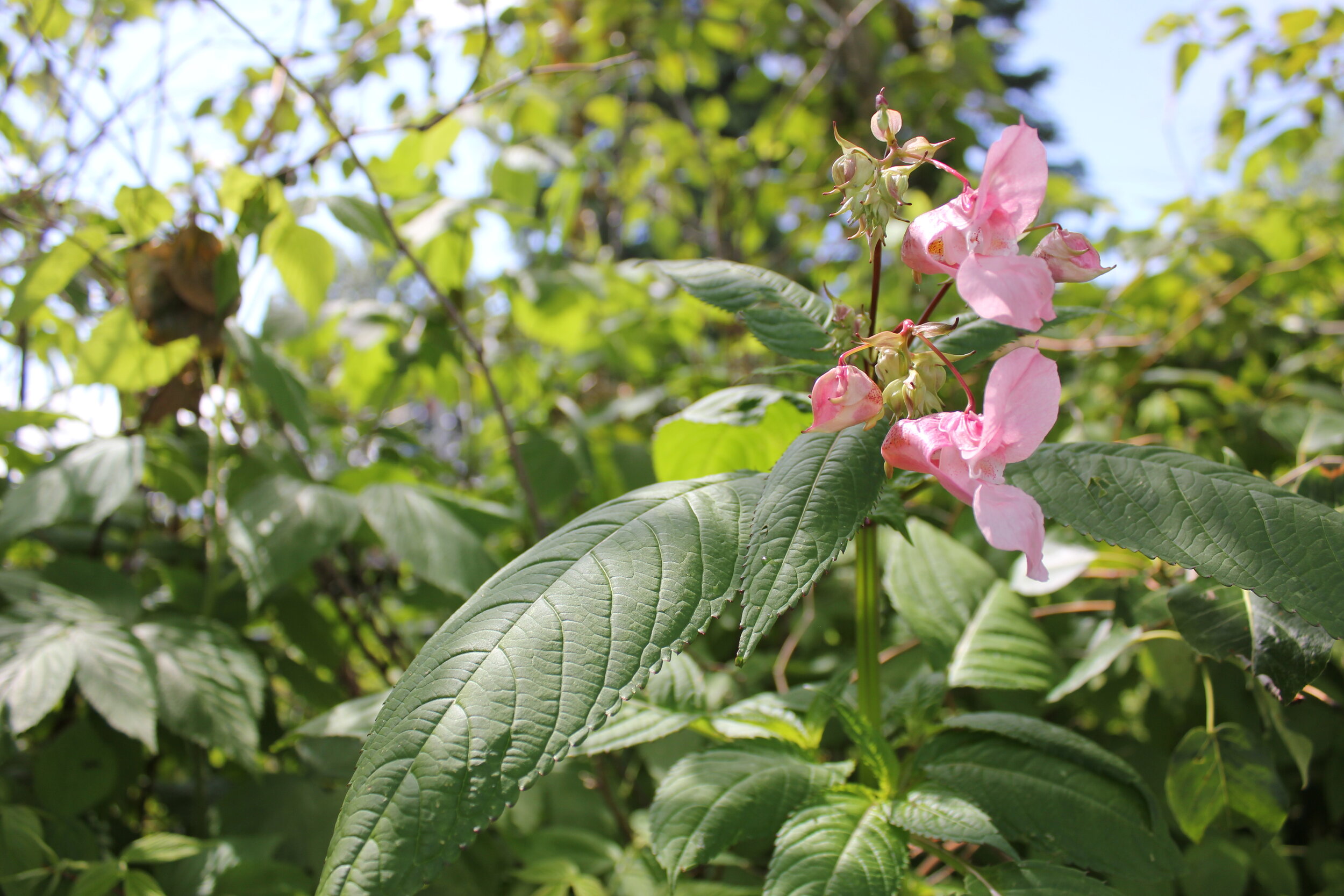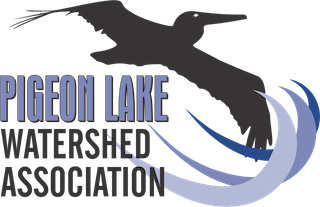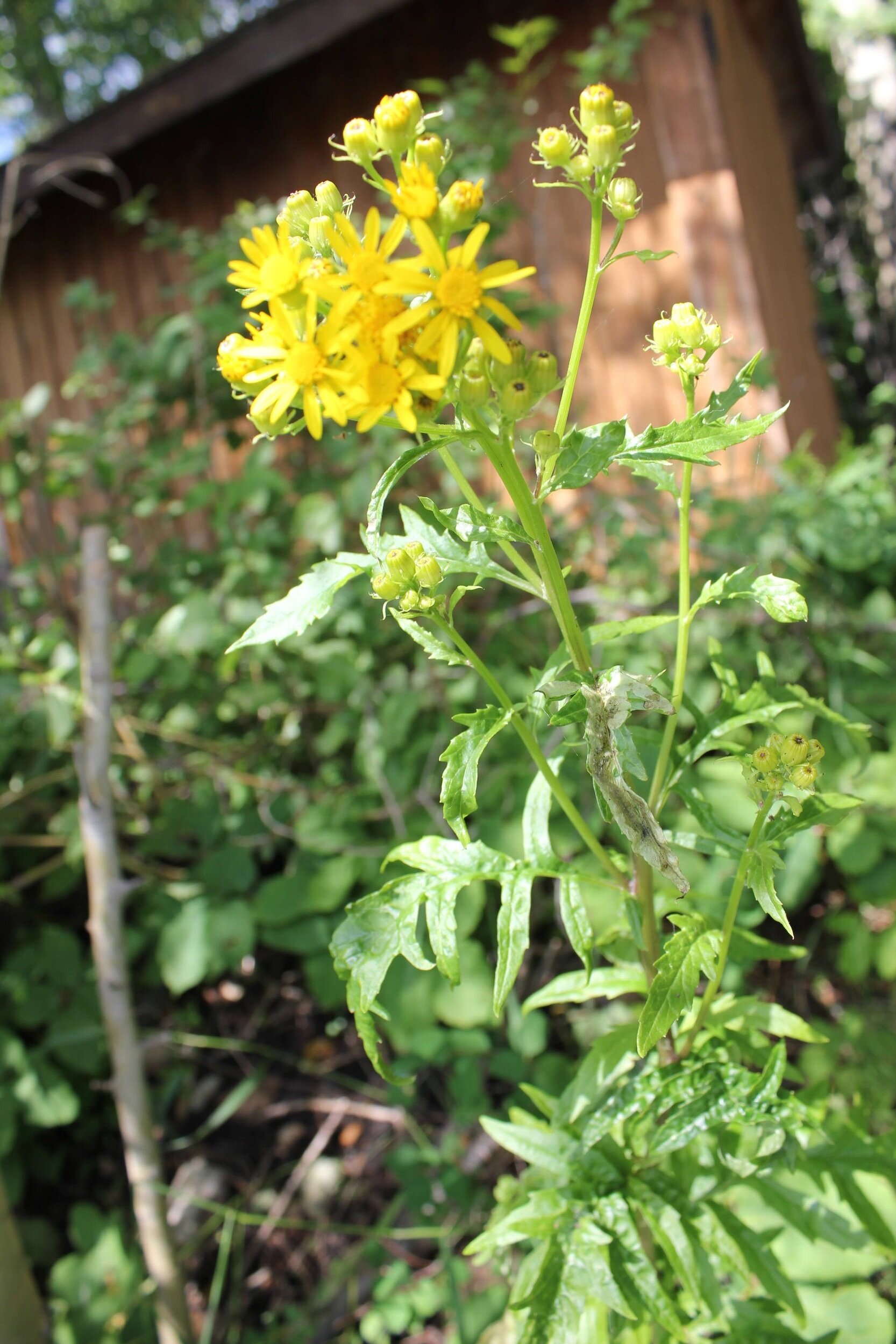
Preventing Noxious Weeds
Noxious weeds eradication program
Be Lake Informed
Assessing Your Lot
Obtaining Permits
Minimizing Your Footprint
Shoreline Restoration
Planting for the Lake
Preventing Noxious Weeds
Maintaining Lake Lawns
Preventing Noxious Weeds
Residential Construction Information
Invasive plants are organisms which have been introduced (either accidentally or intentionally) to an ecosystem where they are not native, outcompeting native species for resources and negatively impacting the environment.
Invasive species are the second most common threat for causing species extinction according to the International Union of Conservation and Nature (IUCN). Noxious (and Prohibited Noxious) weeds are regulated invasive plants which must be controlled or destroyed in accordance with the Alberta Weed Control Act.
Prevent the Spread
There are many ways that you can help prevent the spread of invasive plant species and invasive plant pests.
Know the weeds common to Pigeon Lake
Remove noxious weeds, persistence is key!
Dispose of weeds at the landfill in a sealed bag (alternatively, some can be dried in the sun) but never compost.
Report noxious weeds to your municipal weed inspector and to EDD Maps Alberta.
Cover bare soil or plant native species. bare soil invites invasive species to spread and grow.
Be Plant Wise—Grow Me Instead - Use caution when selecting plants. Ensure non-invasive species are chosen.
Invasive Species at Pigeon Lake
Common Tansy
Tanacetum vulgare
Can reach 1.5 m tall, with narrow toothed leaves and clustered yellow flowers. Control by repeated stem removal by mowing or hand cutting. If seeds are present, immediately bag to prevent chance of spread.
Oxeye Daisy
Chrysanthemum leucanthemum
Grows up to 1 m. Lower leaves are toothed with narrower upper leaves. Flowers are white with yellow centers. Control with removal by hand and digging before it goes to seed while removing the fibrous roots and rhizomes. Take care not to overly disturb the soil. Process will have to continue over years.
Yellow Toadflax
Linaria vulgaris
Varies in size from 15 cm to 1 m, with narrow and numerous leaves that alternate around the stem. Yellow snap-dragon-like flowers are clustered in a spike. Control with removal by hand can work in soft soils as roots can be removed (requires on-going vigilance); mowing can also help.
Himalyan Balsam
Impatiens glandulifera
Shallow-rooted and grows to 3 m tall. Leaves are sharply serrated and in whorls of three. Flowers range in colour from rose-purple to pink to white. Control with repeated mowing or “Pick,Break, Drop” - where the weed is picked, broken at the stem, and then dropped to the ground (not forming piles) before it goes to seed.
Other Noxious Weeds
Scentless Chamomile
Tripleurospermum perforatum syn. T. inodorum
Although its flower isn’t unique, the foliage of the scentless chamomile is easy to distinguish - it looks similar to dill. Plants can grow to 1 m in height and produce up to a million seeds. Mowing can prevent seed production but hand pulling is neccessary to stop growth.
Orange Hawkweed
Hieracium aurantiacum
Stems grow between 10-60 cm, are erect and have very few leaves. Both stems and leaves are hairy, a distinguishing feature of non-native hawkweed. Hand pulling is the only effective method for the removal of Orange Hawkweed. The entire root system has to be pulled as root segments can generate new plants.
Canada Thistle
Cirsium arvense
Despite its name, Canada thistle is an invasive non-native plant. It has spiny leaves and an extensive root system. It can grow as tall as 1.5 m and have purple, pink, or white flowers. The best way to prevent thistle is to maintain a healthy plant cover. Killing the roots is the only effective method for removal, and can take years of persistent mowing and hand pulling to achieve.
PLWA Resource
Noxious Weeds of Pigeon Lake: Prevent the Spread
Additional Resources
Identification & Control
Prevention
Mitigating the impacts of land development involves thoughtful design and management of the built landscape in order to replicate the essential functions of the natural landscape.
- Alberta Clean Runoff Action Guide
References & Photo Credits
Common Tansy photograph by Bjorn S, distributed under CC BY-SA 2.0 license.
Yellow Toadflax by Tony Atkin, distributed under CC BY-SA 2.0 license.
Himalayan Balsam photograph by Loz, distributed under CC BY-SA 2.0 license.
Scentless Chamomile photograph by Rolf Engstreand, distributed under CC BY-SA 3.0 license.
Tall Buttercup by Christian Fischer, distributed under CC BY-SA 3.0 license.
Canada Thistle by Matt Lavin, distributed under CC BY-SA 2.0 license.










